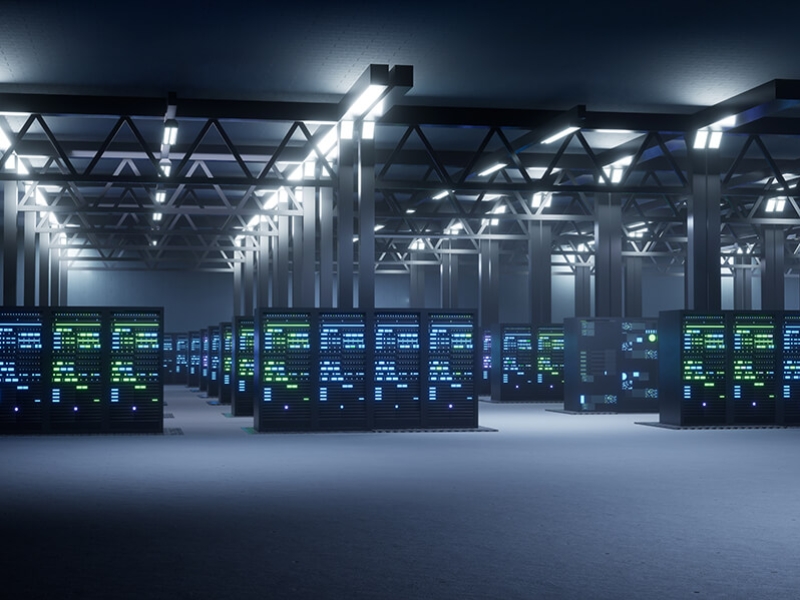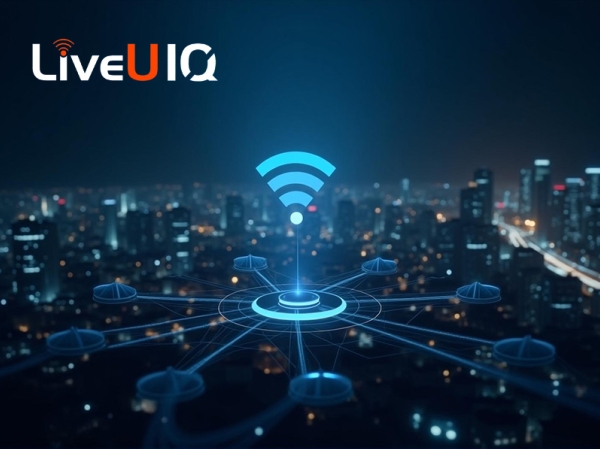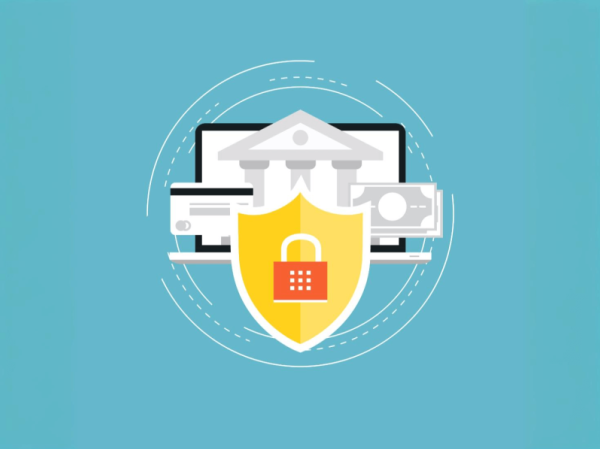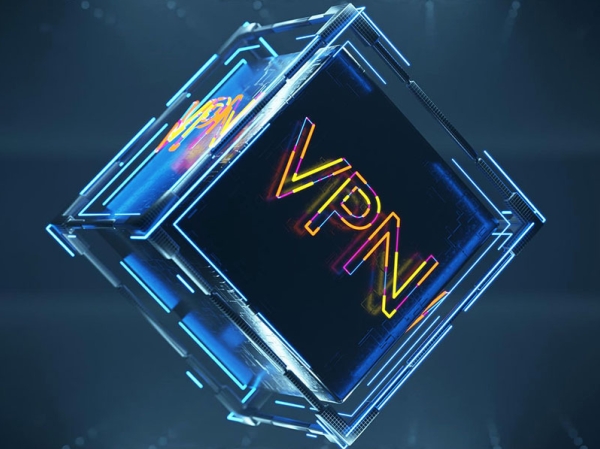With the growth of information, companies' needs have also evolved. Today, data storage, processing large volumes of data, and efficient management are key for a company to be competitive and reliable. This is where a Data Center (Centro de Procesamiento de Datos, CPD) becomes crucial.
A CPD is a physical structure designed to house servers, storage systems, networking equipment, and components used to manage large sets of data. Its main goal is to provide a reliable environment and efficiently manage IT systems so that businesses can operate optimally and without interruption.
Below, we explain in more detail what a CPD is and its main functions.
What Is a CPD?
A Data Center or CPD is an information technology architecture designed to securely manage, safeguard, and store large amounts of data.
Within a CPD, a company's most critical information is stored in a controlled and enhanced environment, ensuring that data is accessible at all times and operates continuously. However, the specific functions depend on the housing plan contracted, as well as the provider and organizational needs.
In any organization, the CPD serves as the digital heart of operations, designed to offer:
- Scalability. It allows a company's infrastructure to grow and adapt to new demands, enabling the system to continuously handle increasing volumes of data.
- Enhanced security. It applies physical and logical security alternatives to protect data and equipment from unauthorized access or threats.
- Immediate availability. It ensures that special applications and services operate 24/7, regardless of external conditions.
What Does a CPD Include?
To ensure continuous operations, a CPD includes:
- Uninterrupted power supply or backup generator. Equipment that provides constant energy to the IT infrastructure to avoid downtime during power failures.
- Cooling and climate control systems. Equipment that regulates the temperature of operational devices, protecting servers from overheating, which could impact their performance.
- Physical and logical protection systems. Surveillance cameras, access control systems, data encryption, firewalls, and fire alarms that safeguard information against both internal and external incidents.
CPDs are designed for companies, network service providers, or governments aiming to store important information or applications. As data processing demands grow, modern CPDs use cutting-edge technologies such as cloud computing and virtualization.
These technologies increase resource performance, simplify access, and offer scalable and flexible services tailored to each organization.
How Does a CPD Work?
A CPD is an infrastructure where data is stored in physical and virtual servers, allowing more efficient processing. Each Data Center is equipped with advanced systems to maintain optimal operating conditions, such as a continuous power supply.
Its primary function is to monitor and maintain software and hardware, ensure high-speed data transfer, and protect all internal operations within an organization.
How Does a CPD Operator Work?
The CPD operator acts as the backbone, making operations cost-effective by providing an infrastructure ready to process, store, and distribute data. Organizations use it to boost their performance, helping businesses gain more benefits.
This operator ensures that servers function efficiently and continuously, mitigating downtime risks thanks to robust security measures.
Data Center Security
Security in a Data Center encompasses all physical and virtual measures taken to protect information from external attacks. Since the data stored in a CPD often includes confidential information like intellectual property or client records, it is critical to safeguard it both digitally and physically.
Each Data Center must back up the information it handles, applying strict security policies where each component—whether physical or logical—is carefully managed.
Physical security involves procedures and mechanisms to prevent external attacks, while virtual security focuses on software that stops hackers from bypassing firewalls or exploiting access credentials through vulnerabilities.
Maintaining a backup policy is also crucial to recover information in case of incidents.
Overall, these infrastructures are prime targets for cybercriminals because of the sensitive information they handle. Therefore, they are constantly updated to counter new threats, ensuring that data remains secure.
Content Author: Asler Cedeño

















